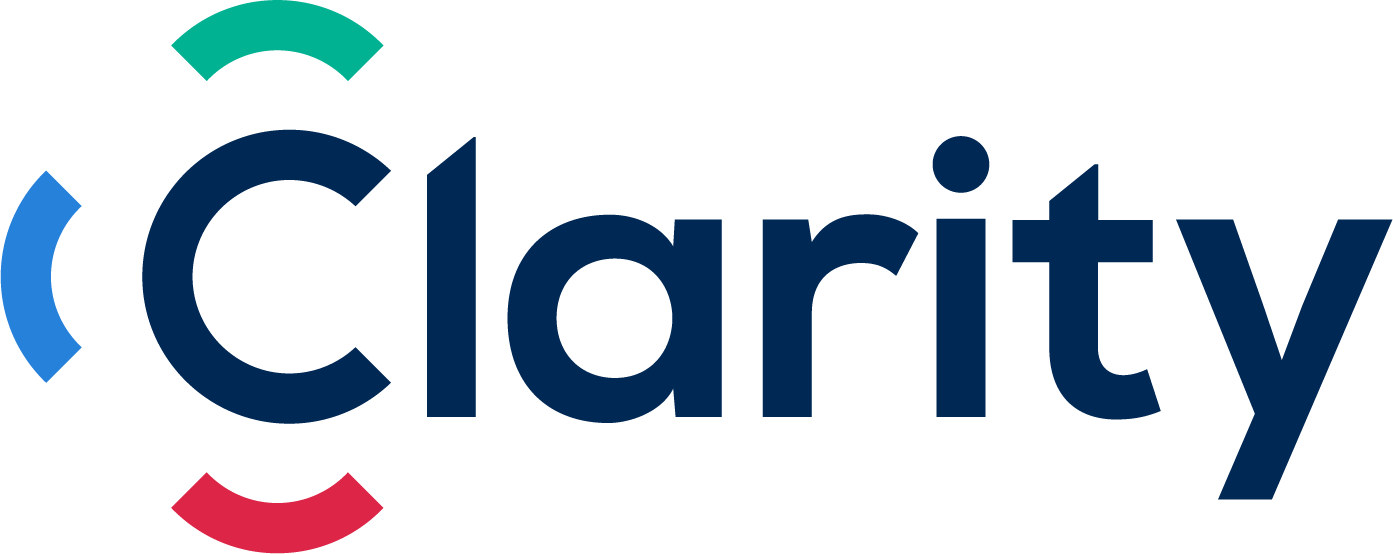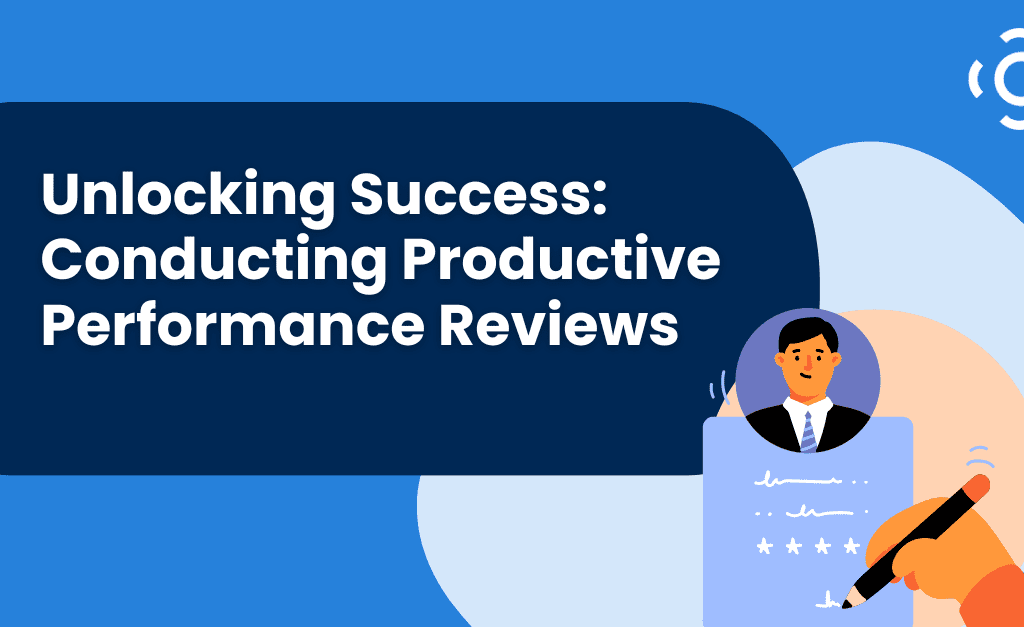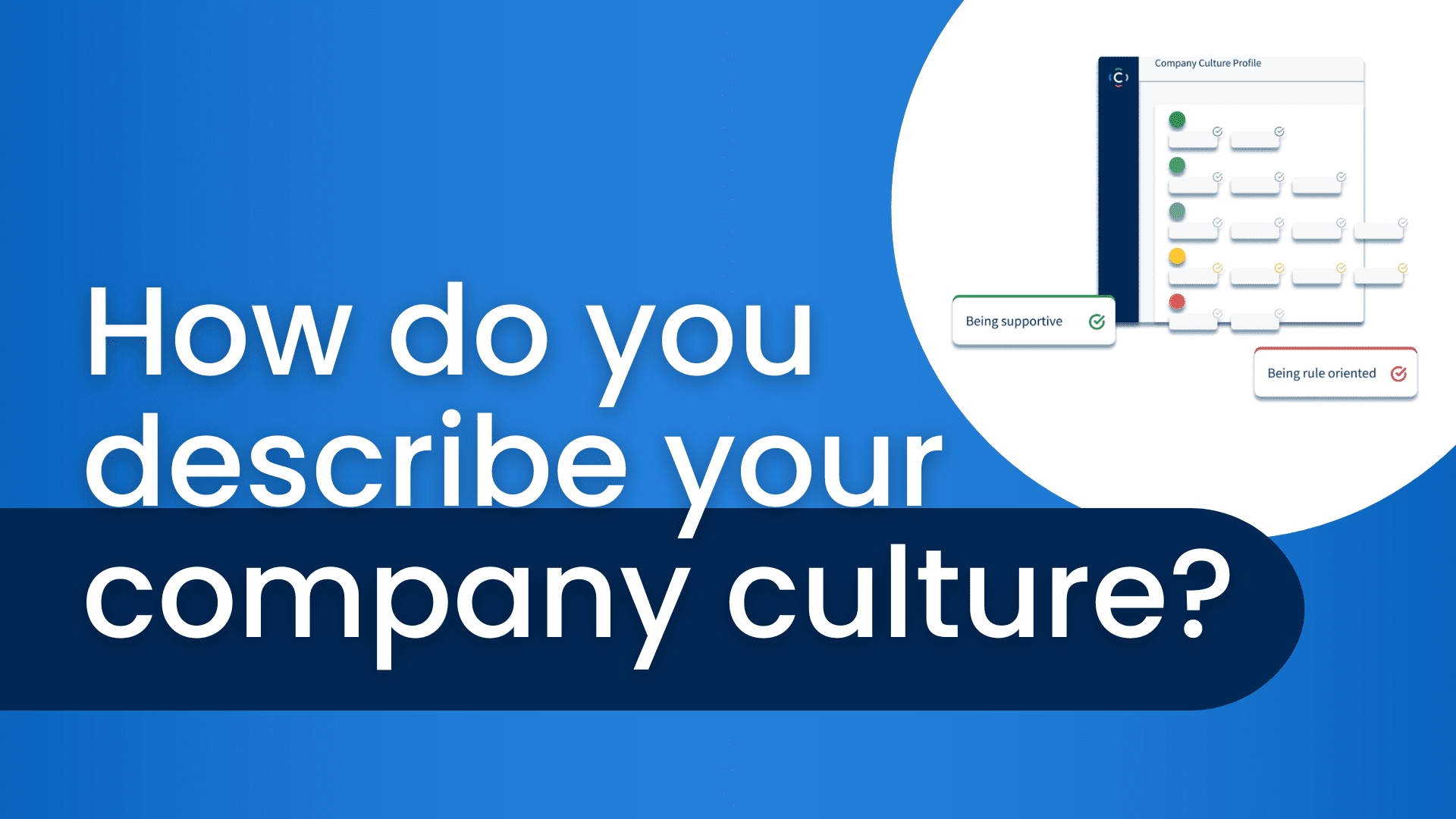Hiring sucks right now. There’s high demand for talent and low supply, which has created a candidate’s market like we’ve never seen. Hiring top talent is time-consuming and costly, but hiring the wrong talent is extremely expensive and can set your business off on a terrible course.
As recruitment leaders with decades of experience, we’ve learned a thing or two about hiring. But we’ve also learned that few people have actually learned how to hire. To help you build a more effective process, we’re sharing this webinar that we recently recorded with Deloitte Canada for their Canada’s Technology Fast 50™ program.
In this webinar, you’ll hear from Clarity’s President, Joe Diublado and Founder of Human Elevation Lab | HUELLA, Dhushan Thevarajah. They’ll provide practical advice for using behavioural science and good process to develop recruitment capabilities that help companies hire more effective people and build stronger teams in the process.
Watch now
This video was originally recorded on March 9th, 2022 by Deloitte Canada as part of the 2021 Deloitte Technology Fast 50 Virtual Summit sponsorship. Joe Diubaldo, President of Clarity Recruitment, and the Human Elevation Lab l HUELLA founder, Dhushan Thevarajah joined Deloitte Partner, Anders McKenzie to share insight and discuss improving the hiring process.
Prefer to read than watch? Here’s the rundown:
Scaling is impossible without the right people.
According to a recent Globe and Mail article, Canadian employers are recruiting for about 875,000 positions right now. There is a huge demand and a low supply for top talent and in-demand functions, which means that scaling your company is impossible if you can’t:
- Attract top-performing leaders
- Build a constant pipeline to address turnover
- Hire quickly enough to scale
- Build your brand, team and culture
To make it even harder, companies and candidates are choosing each other based on urgency rather than thinking about providing sustainable value for the organization. “Any time you make decisions that are urgent, complex and uncertain – which is what we’re currently seeing in the talent market – you see rushed, emotionally driven and biased decisions on both sides,” says Dhushan, “which in turn leads to buyers-remorse, inflated expectations and shorter tenures in roles.” “Any time you make decisions that are urgent, complex and uncertain – which is what we’re currently seeing in the talent market – you see rushed, emotionally driven and biased decisions on both sides. In turn, it leads to buyers-remorse, inflated expectations and shorter tenures in roles.”
So, how can you make it better? Because it can’t get much worse.
In the webinar, Joe and Dhushan highlight a five-step process that Clarity Recruitment uses to help clients hire better:
1. Assess your culture at the team level
This starts with thinking beyond your organization’s mission, values, and extra perks like free lunches or team celebrations that we often associate with company culture. This assessment requires you and your team to examine the implicit beliefs, behaviours, and possible motivations among team members to get a real picture of your environment and understand who thrives there.
2. Sweat the job description
Most companies rush to create a job description, but this is a mistake. Instead, invest time in thinking about the real problems this hire needs to solve. What are the skills, experiences, traits and drivers required for this hire? What are the key responsibilities? What does success look like at 3, 6, and 12 months? How will you measure that success? What will be needed as time goes on? Then ask yourself, is this realistic? Is this forward-thinking or based on a past hire? We also recommend checking with an expert or advisor, if the role or function isn’t your area of expertise.
3. Build your scorecard
Think again about what is really needed for this role, now and as your business grows. Does this person really need five years of M&A experience or can it be learned on the job? Should they have led an IPO or have experience supporting one that’s on the horizon? Work with your hiring committee to determine what’s absolutely required, preferred, or just nice to have, and use this to calibrate across the team and provide a structure for your evaluation.
4. Conduct structured interviews
Now that you have a scorecard, you can use it to structure your interview process to uncover experiences and traits. Moreover, having a predetermined set of questions for all applicants is effective, especially if you’re paying attention to what you’re evaluating for. Framing the interview in advance and preparing the right questions can help you get the information you need to make better hiring decisions.
5. Seek truth in work samples
Work samples are great if you want to understand if a candidate is capable of performing to your level of expectations. This is NOT about getting free work out of a person, but about understanding how they think and work. We recommend a short paid work sample from leading candidates to help reveal their abilities and motivations.
Finally, the best thing you can do throughout the hiring process is be as transparent as possible with candidates. Set clear expectations from the beginning, but also be sure to follow up with a candidate if they’re not aligning with those expectations. In today’s job market, it’s not just the hiring managers screening applicants. Candidates are receiving multiple offers, so it’s important to ensure that they understand your process upfront if you want them to stay the course.
Want a better way to understand your company’s culture better? LumaFi Teams helps you assess and understand your team’s behaviours and provides information to help leaders, hiring managers, teams and candidates have better conversations about culture.





